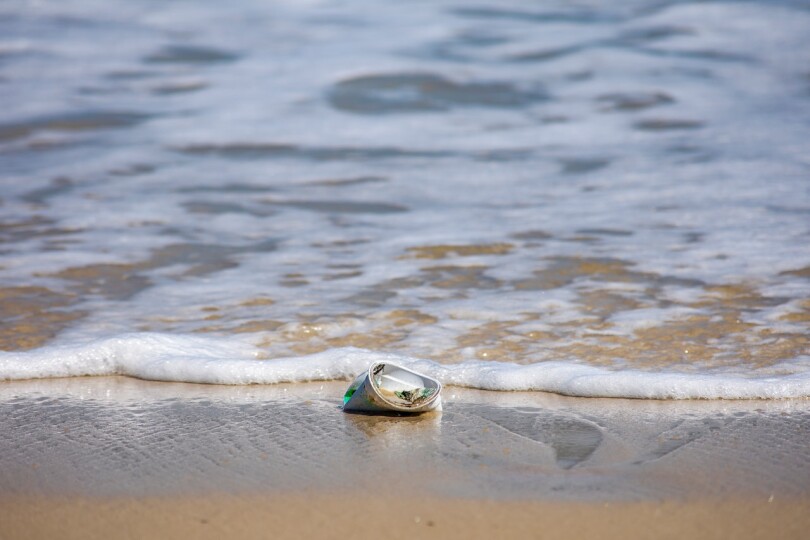3 Innovations from the International Horticultural Expo.
29 Apr 24
Enviro ChatThe Global News Source for the World of Science and Chemicals
20 November 2023
Enviro Chat
Oceanic degradation has been a topic of growing concerns for several decades now. From plastic pollution to coral bleaching, there are a range of issues which impact water quality and cleanliness, thus having a knock-on effect on the marine flora and fauna which live in these aquatic environments. Cleaning up our waterways is of paramount importance.
Marine robotics is a burgeoning industry which aims to tackle the problem of oceanic contamination. Given that the UAE is a country surrounded by water, and that it has developed a reputation for technological innovation, it’s perhaps no surprise that it is currently leading the charge in creating robots capable of cleaning up our seas and oceans.
The Ocean One robot is one of the earliest prototypes in this exciting field of research and was first developed by Professor Oussama Khatib of the Stanford Robotics Lab in 2016. Measuring five metres in length, the robot is unique among underwater remotely operated vehicles in that it is humanoid in design, meaning it has robotic fingers dexterous enough to manipulate the landscape in front of it without damaging it.
To date, the Ocean One has explored archaeological sites and shipwrecks at depths of more than 1,000 metres. As well as containing state-of-the-art cameras which transmit real-time images to the human operator controlling the robot remotely, it is also equipped with highly sophisticated sensors in its “fingers”, allowing the pilot to “feel” what the robot is touching. It is capable of removing plastic detritus from the seabed and can even collect oysters.
Researchers at the Khalifa University in Abu Dhabi are hoping to replicate the success of the Ocean One with a fleet of new robots of their own design. The new recruits are being put through their paces, alongside Ocean One, in a custom-built pool at the university which is capable of recreating the harsh conditions and strong waves of an ocean climate.
The Khalifa University robots are not as developed as Ocean One and can currently only reach depths of around 300m, while they do not yet have humanoid arms capable of imitating human actions underwater. However, the eventual aim is to equip them with sufficient capabilities to monitor and maintain the health of coral reefs, as well as perform remote safety checks on oil rigs and platforms.
Through their collaboration with Professor Khatib and his ingenious invention, the Khalifa University scientists are confident they can achieve great things in the field. At the present time, all of their robots are remotely controlled by humans, but it’s hoped that one day in the not-too-distant future they will gain a greater level of autonomy and can carry out their duties on their own.
If successful, the implications of this burgeoning sector could be incredible. Not only would human divers be kept out of harm’s way, but a fleet of cleaning robots could theoretically remove pollution from our waters far more efficiently than we ever could. “Marine robotics is the new frontier, and we are excited to be at the forefront,” explained Professor Lakmal Seneviratne of Khalifa University. “These are very exciting possibilities in marine robotics.”
DOWNLOAD PDF

2 Day Seminar Program
@ ArabLab+ 2024
24 & 25 September 2024
22 Apr 24
Lab ChatYour stay in Dubai
Labkit
Product News
Chemkit
Product News
Thinking about exhibiting at ARABLAB 2024? Watch our video to find out more.
Join the world’s leading organisations…
Join our mailing list and receive the ARABLAB newsletter and event updates.